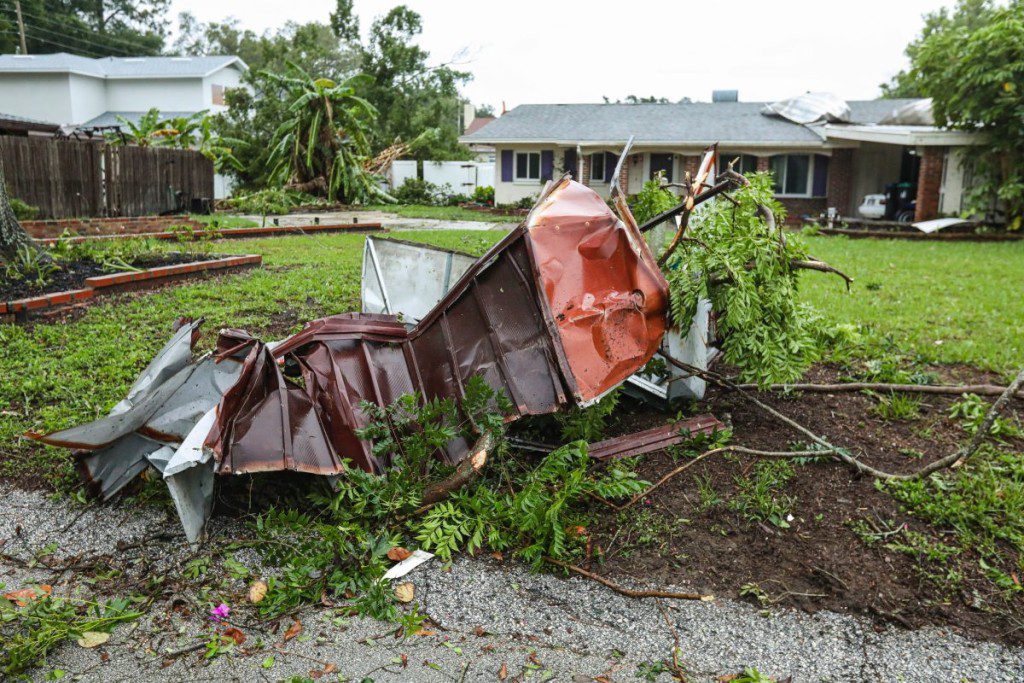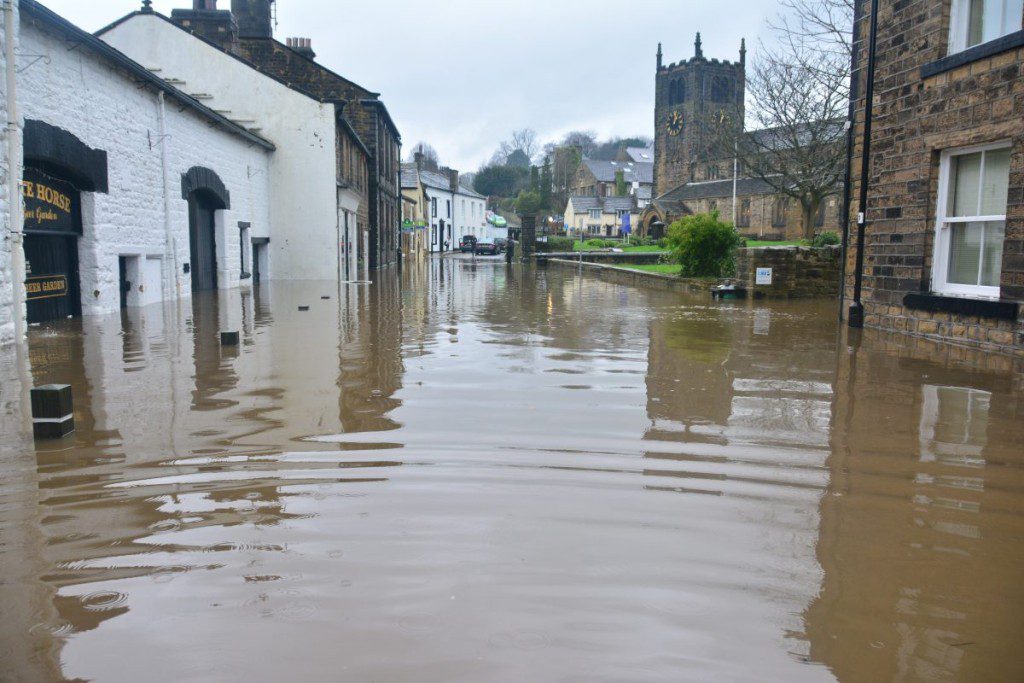Natural disasters can strike at any time and can cause significant damage to your home and belongings. From floods and hurricanes to wildfires and earthquakes, many different types of natural disasters can affect homeowners. While it’s impossible to completely prevent natural disasters from occurring, there are steps you can take to make your home more resilient to these events. In this post, we’ll explore several effective ways you can make your home more resilient to natural disasters.
Create a Disaster Preparedness Plan
The first step in making your home more resilient to natural disasters is to create a disaster preparedness plan. This plan should outline the steps you’ll take in the event of a disaster, including evacuation routes, emergency contacts, and a list of essential supplies you’ll need to survive. Your disaster preparedness plan should be tailored to the specific risks in your area. For example, if you live in a hurricane-prone area, your plan should include steps for securing your home and evacuating if necessary. If you live in a wildfire-prone area, your plan should include steps for creating defensible space around your home and having an evacuation plan in place.
Install Impact-Resistant Windows and Doors
One of the most vulnerable areas of your home during a natural disaster is the windows and doors. Impact-resistant windows and doors are designed to withstand high winds and debris, making them an excellent investment for homeowners in areas prone to hurricanes and tornadoes. In addition to protecting your home from natural disasters, impact-resistant windows and doors also provide added security and energy efficiency benefits. Consulting with ASPWindows.com and their experts can help you select the right windows and doors for your home. Just make sure that any windows and doors you install are certified to meet local building codes.
Reinforce Your Roof
Your roof is another area of your home that is vulnerable to natural disasters. High winds and heavy rain can cause significant damage to your roof, which can lead to water damage and mold growth. To make your roof more resilient to natural disasters, consider reinforcing it with hurricane straps and installing ice and water shield. These measures can help prevent damage to your roof and protect your home from the elements. Keep in mind that it’s important to hire a professional contractor for any roofing repairs or reinforcements, as these jobs can be dangerous and require the right tools and expertise.
Maintain Your Landscaping
Your landscaping can also play a role in making your home more resilient to natural disasters. By maintaining your landscaping, you can help prevent soil erosion and minimize the risk of flooding. Consider planting native plants that are adapted to your local climate and have deep roots that can help stabilize the soil. You should also avoid planting trees or shrubs close to your home, as this can increase the risk of structural damage. Soil erosion prevention measures, such as retaining walls and terraces, can also reduce the risk of flooding and soil runoff. Just make sure to hire a professional contractor for any major landscaping projects.
Invest in a Backup Power Source
Power outages are common during natural disasters, which can leave you without electricity for days or even weeks. Investing in a backup power source, such as a generator, can help ensure that you have access to electricity during an emergency. When choosing a generator, be sure to select one that is appropriate for your needs and is designed to be used during a natural disaster. You should also have a professional install the generator to ensure that it is properly connected to your home’s electrical system.
Keep Your Gutters and Downspouts Clear
Clogged gutters and downspouts can cause water to overflow and damage your home’s foundation. To reduce the risk of water damage, it’s important to keep your gutters and downspouts clear of debris. Periodically inspect your gutters for signs of clogging or leakage, and clean them out at least twice a year. If your gutters are in disrepair or not properly installed, consider having a professional contractor repair or replace them.
Install a Sump Pump
If you live in an area prone to flooding, consider investing in a sump pump. A sump pump is a device that pumps water away from your home’s foundation and prevents it from pooling around your home. Installing a sump pump can help protect your home’s foundation from water damage, and it can also reduce the risk of flooding in your basement. Since pumps can require regular maintenance, be sure to choose one that is easy to access and can be repaired or replaced quickly.
Natural disasters can be devastating, but by taking steps to make your home more resilient, you can minimize the damage and protect your family and belongings. From creating a disaster preparedness plan to investing in impact-resistant windows and doors, there are many ways you can make your home more resilient to natural disasters. By implementing these measures, you can help ensure that your home is better equipped to withstand whatever nature may throw at it.






